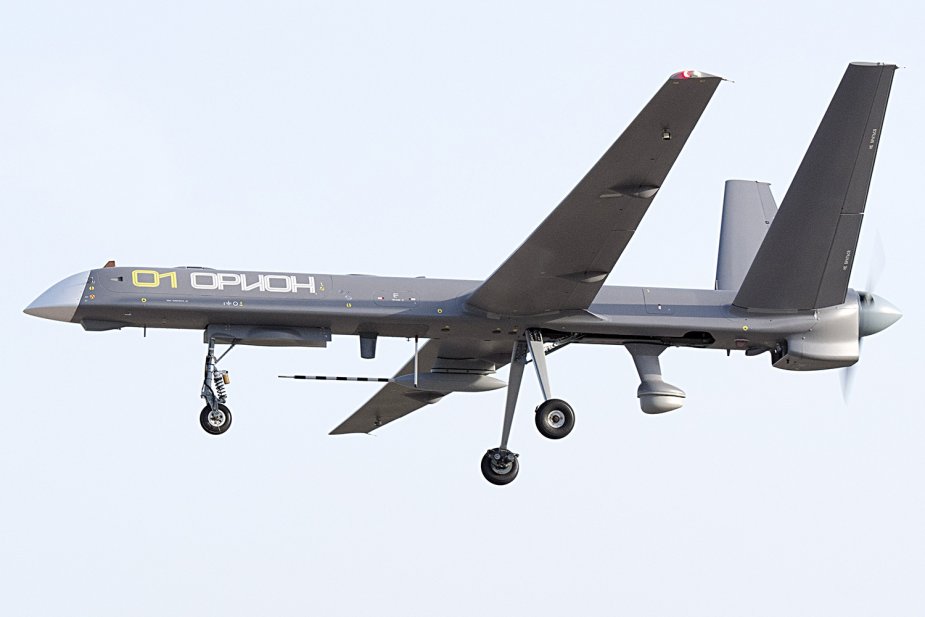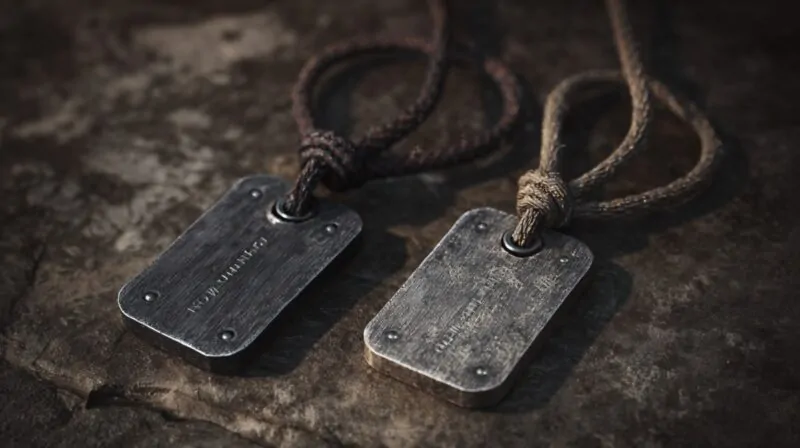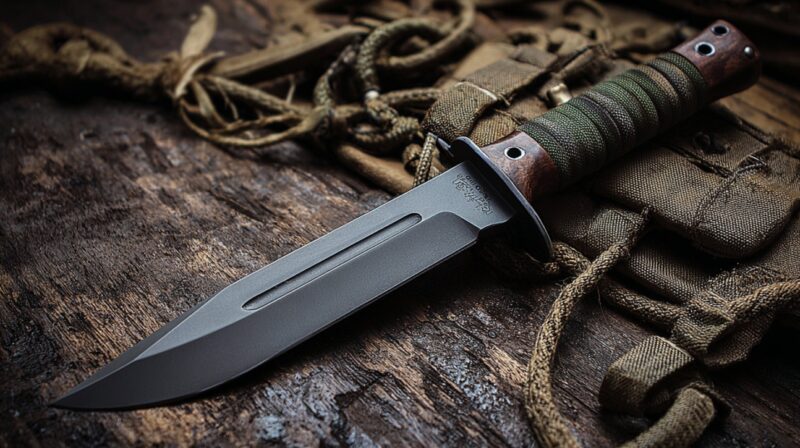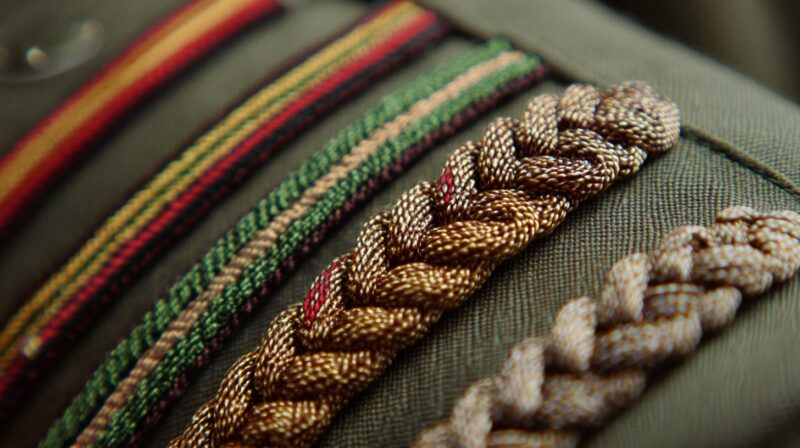Kronshtadt Orion UAV plays a central role in Russia’s evolving defense posture, bridging modern technological requirements with operational efficiency.
Developed to meet contemporary military needs, it provides an economical yet powerful solution for extended aerial operations. Classified as a Medium-Altitude Long-Endurance (MALE) drone, Orion balances endurance, payload, and performance to support reconnaissance and strike missions.
Developed with a clear purpose in mind, Orion reflects Russia’s ambition to compete globally in unmanned aerial vehicle (UAV) capabilities.
Let us talk about Kronshtadt Orion specifications and what it can do.
Kronshtadt Orion Design and Structure
| Specification | Orion-E | Orion-2 |
|---|---|---|
| Length | 26.25 feet | 26.25 feet |
| Wingspan | Over 50 feet | Over 50 feet |
| Maximum Takeoff Weight | 1,000 kg | Up to 5,000 kg |
| Endurance | 24 hours | 24 hours |
| Operational Ceiling | Up to 7,500 m (~25,000 ft) | Up to 12,000 m (~39,370 ft) |
| Maximum Speed | Not specified | Up to 350 km/h |
| Communication Range | 250 km (line-of-sight) | 250 km+ with future SATCOM integration |
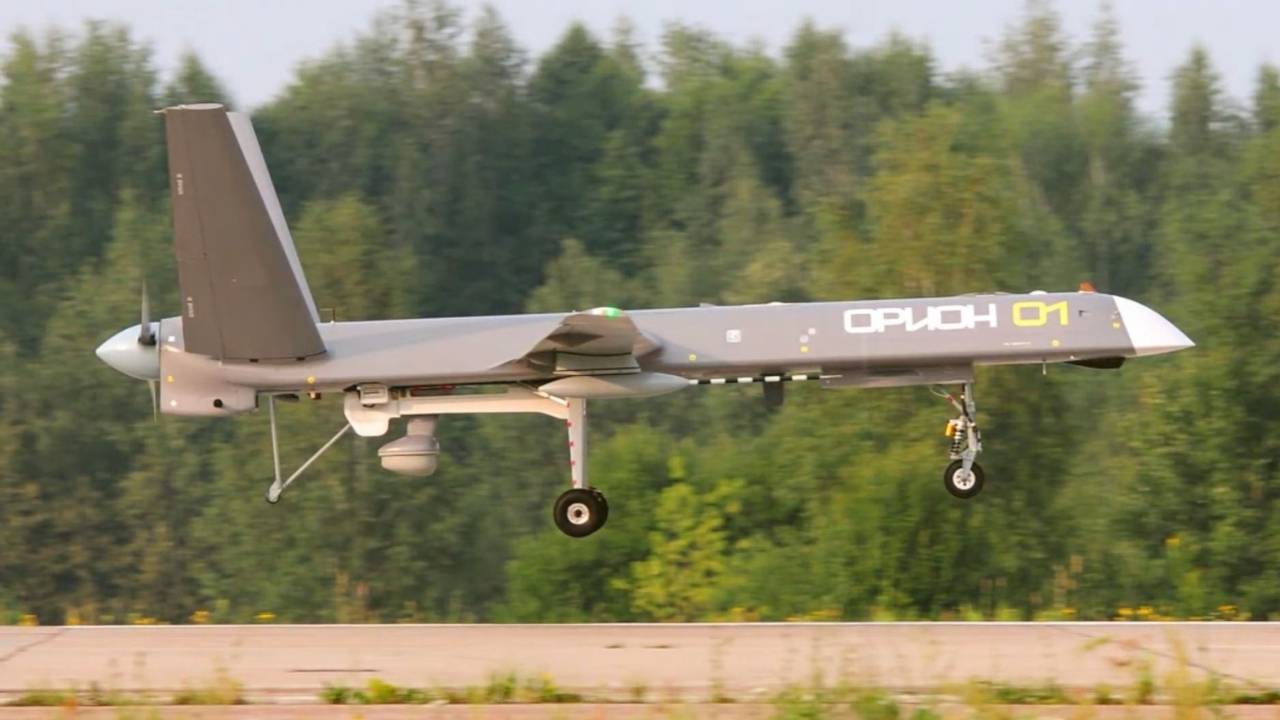
Airframe features a sleek, elongated fuselage that prioritizes aerodynamic efficiency. Designed to reduce drag, it serves as the core structure for housing critical systems essential to long-endurance operations.
Inside the fuselage are:
- Engine mounted to provide efficient thrust and minimize vibration
- Avionics bay for navigation, control, and mission-specific hardware
- Fuel storage carefully distributed to maintain balance and maximize internal volume
Such aerodynamic shaping contributes to prolonged flight time by minimizing resistance, which in turn reduces fuel consumption during extended missions.
Wings are mid-mounted and feature straight lines with clipped tips, a configuration chosen for both performance and manufacturing efficiency. Wing design enables lift generation over long durations while simplifying logistics and production.
Benefits include:
- Stable flight characteristics ideal for ISR missions
- Ease of transport and assembly
- Structural simplicity that aids in reliability
Tail design utilizes a V-tail configuration, replacing the standard vertical stabilizer found on conventional aircraft.
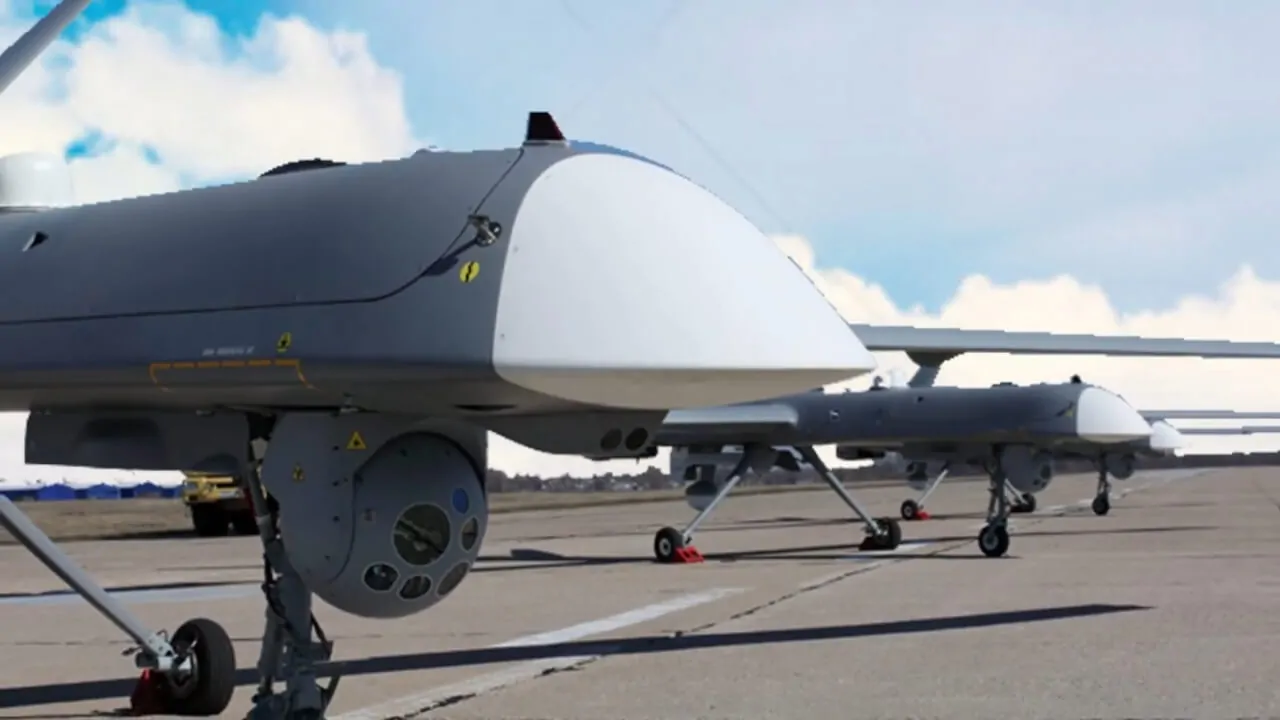
Chosen for both stealth and control purposes, it offers multiple advantages:
- Lower radar cross-section for better survivability
- Reduced drag compared to traditional tail arrangements
- Enhanced yaw and pitch control through fewer moving parts
Landing gear is a fixed tricycle setup, tailored for rougher operating conditions.
Instead of complex retractable systems, a fixed configuration:
- Reduces mechanical failure risks
- Supports operation on semi-prepared or rugged airstrips
- Lowers overall airframe weight by eliminating retraction mechanisms
Payload and Armament
Orion-E is configured to carry a payload of up to 200 kg, meeting the operational requirements for surveillance and limited strike missions. The capacity supports moderate sensor arrays and light munitions, keeping the airframe agile while delivering tactical capabilities.
Orion-2 pushes those limits significantly, accommodating up to 1,000 kg. Such an increase allows for a broader suite of sensors and weapon systems, making it more suited for strategic-level missions and extended ISR operations.
Sensor equipment is modular, tailored based on mission profiles. Standard loadouts enable detection, classification, and tracking of targets across multiple spectrums.
Commonly integrated sensors include:
- Two thermal imaging systems for low-light and night operations
- Wide-angle TV camera for broad visual surveillance
- Laser rangefinder with target designation capability
In addition to these, Kronshtadt Orion can be outfitted with optional systems that enhance its versatility:
- Electronic Intelligence (ELINT) modules for signals interception
- Compact radar arrays for ground mapping or moving target indication
- High-resolution optical or infrared cameras for detailed observation
Armament options give Kronshtadt Orion a combat role alongside its ISR function. It can deploy guided munitions with precision against ground targets.
Typical weapons configuration includes:
- Four guided aerial bombs, each weighing around 50 kg
- Munitions designed for strikes on personnel, vehicles, and infrastructure
- Flexible mounting points to support future weapon types or alternative payloads
Operational Roles and Capabilities
Kronshtadt Orion was developed with a clear emphasis on Intelligence, Surveillance, and Reconnaissance (ISR) tasks.
Its sensor suite, long flight endurance, and data transmission capabilities make it effective in gathering actionable intelligence across extended missions.
Field commanders benefit from real-time aerial monitoring, allowing for accurate threat assessments and better-coordinated maneuvers during high-tempo operations.
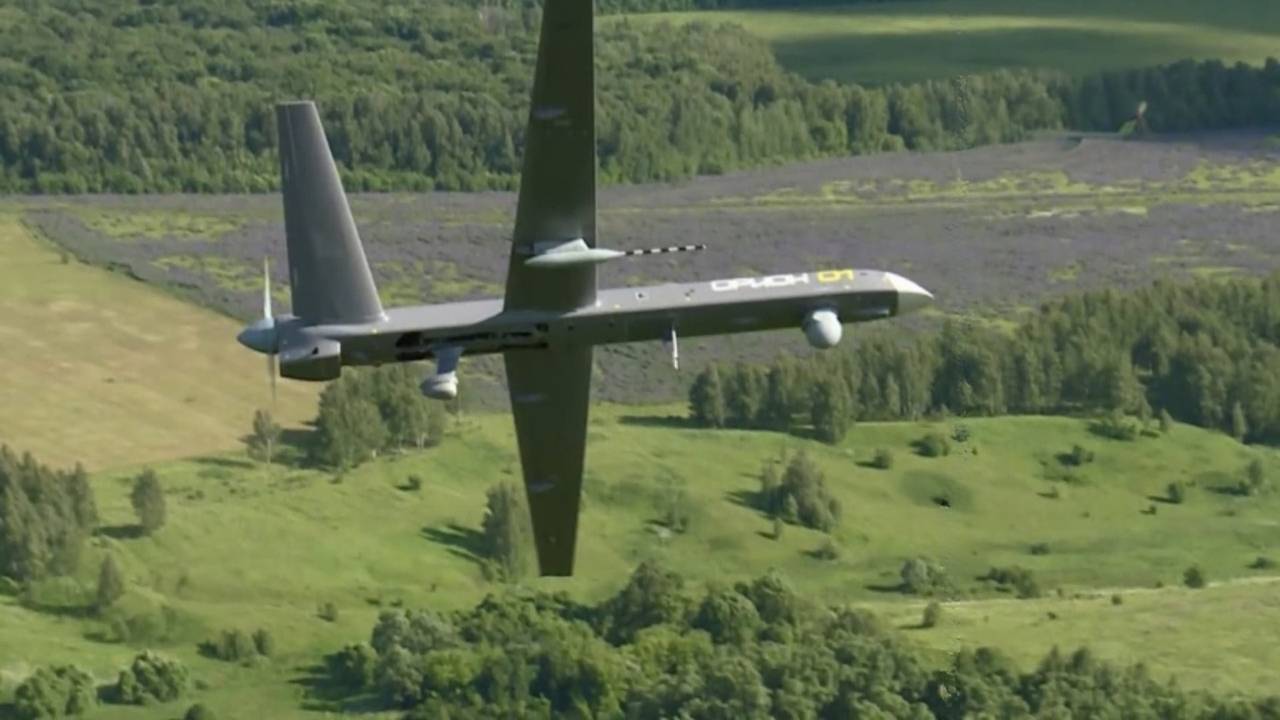
To illustrate its ISR capabilities, Orion supports:
- Continuous area monitoring across large distances
- Live video feeds and thermal imaging for day and night use
- Laser designation for guiding munitions or supporting ground operations
- Real-time data transmission to tactical and strategic command centers
A secondary but critical role lies in its precision strike capability. Armed versions carry guided munitions that target vehicles, fortified positions, or personnel with minimal collateral damage.
Combat deployments in Syria showed Orion’s ability to survive hostile environments and perform strikes under real conditions.
Features enabling precision strikes include:
- Configurable weapons load (typically four 50 kg guided bombs)
- Integration of optical and infrared sensors for accurate targeting
- Compatibility with laser-guided targeting for high-value strike missions
- Minimal noise and radar footprint for stealthier engagement profiles
Additional operational enhancements allow Orion to function as a cooperative element in multi-domain missions.
When integrated into a broader command structure, it enhances combat effectiveness across units by serving as an aerial extension of decision-making centers.
Development Background
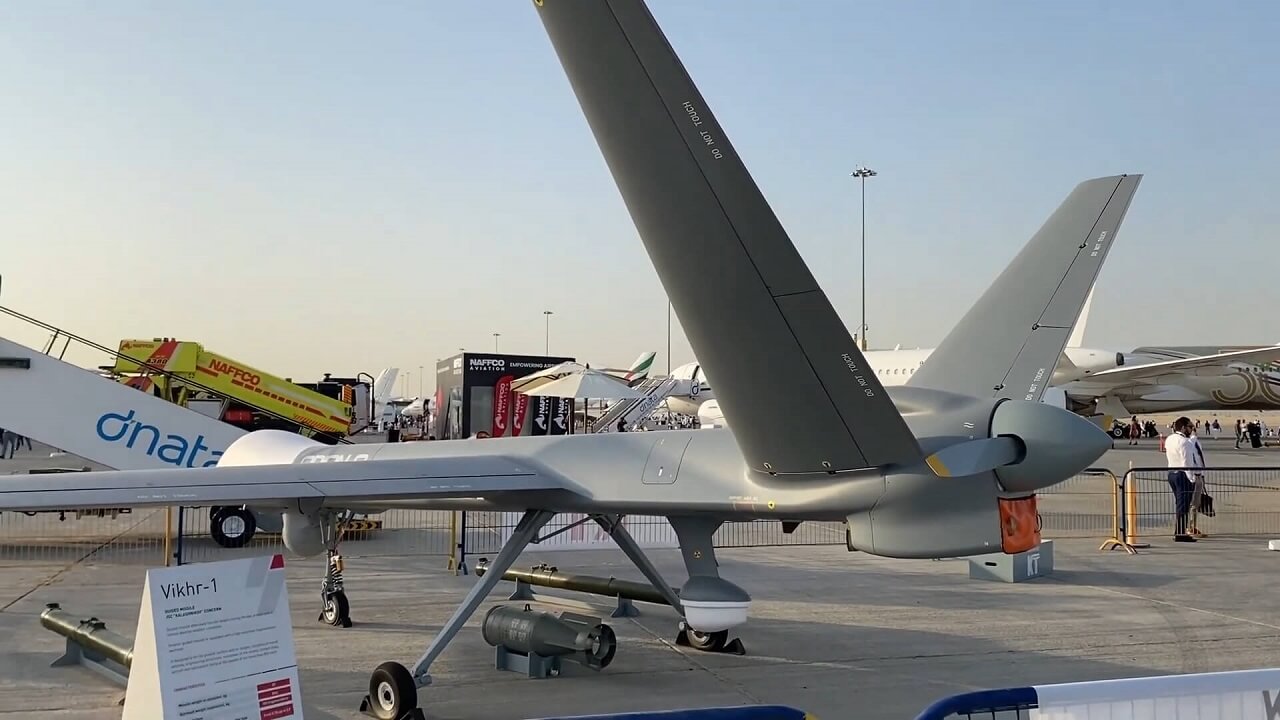
Kronshtadt Orion emerged during a time when Russia was accelerating efforts to modernize its military aerospace capabilities, specifically in unmanned aerial combat.
Designed by the Kronstadt Group under the financial leadership of the Joint-Stock Financial Corporation Sistema, Orion was conceptualized as a homegrown response to leading global MALE-class UAVs, such as the American MQ-9 Reaper and the Turkish Bayraktar TB2.
Initial unveiling took place at the MAKS 2017 air show, signaling Russia’s intent to close the technological gap. Industry experts were given a glimpse into Orion’s structure, systems layout, and mission objectives.
Operational deployment followed around 2019, indicating a transition from static demonstration to real-world usage. Development progressed with iterative updates guided by technical trials and operational feedback, particularly from conflict zones.
Motivation for creating Orion was grounded in a strategic need to fill a noticeable void in Russia’s air force inventory. Syria exposed critical shortcomings in ISR capabilities and guided strike options. Russian defense authorities required a platform capable of providing persistent surveillance, quick data relay, and tactical precision.
Several driving factors shaped the program:
- Russia sought to develop a fully domestic MALE drone that would reduce reliance on foreign UAV suppliers.
- Lessons drawn from the Syrian theater emphasized the value of drones capable of 24-hour endurance and precision engagement.
- Presence of capable foreign systems in global markets drove Russia to offer an alternative with comparable or superior specs at reduced cost.
- Platform was designed to allow future upgrades, which resulted in the development of Orion-2 with vastly improved performance metrics.
Orion-2 – The High-Altitude Long-Endurance (HALE) Variant
Orion-2 represents a significant evolution in Russian UAV design, delivering enhanced strategic capabilities through notable improvements in endurance, altitude, and payload versatility.
Developed as Kronstadt’s inaugural HALE-class platform, Orion-2 moves past the limitations of its predecessor and introduces a new standard for long-range unmanned aerial operations.
Performance upgrades are reflected across multiple dimensions. Larger wingspan supports increased lift and fuel storage, enabling extended missions with minimal ground support.
Reinforced airframe construction allows for higher payloads and improved survivability in high-stress flight regimes. Advanced avionics contribute to superior navigation, autonomous control, and data processing during complex missions.
Key structural and operational enhancements include:
- Wingspan increase for better lift and altitude handling.
- Reinforced airframe to carry more weight and endure prolonged missions.
- Upgraded avionics for advanced guidance, surveillance, and communication.
Operational ceiling reaches 12,000 meters, placing Orion-2 well above the effective range of many ground-based threats. Such altitude not only improves survivability but expands line-of-sight coverage for intelligence and targeting systems.
Payload configuration allows for a variety of mission-specific loadouts. Orion-2 can carry heavier weaponry and more sophisticated sensor arrays, making it suitable for broader military and surveillance applications.
Summary
Kronshtadt Orion delivers a reliable, scalable UAV solution for nations requiring endurance, strike capability, and ISR performance. Its low operating cost, composite build, and modular payload systems reinforce its position as a competitive MALE platform.
Orion-2 introduces a new chapter, bringing HALE functionality to Russia’s UAV inventory. Together, these variants demonstrate potential for broader strategic influence, especially in regions where cost, reliability, and independence matter most.
Future enhancements such as improved communication systems and sensor technologies will likely strengthen Orion’s export profile and operational relevance in years to come.
Related Posts:
- Exoskeletons Explained - What They Are and How They Work?
- Army Shoulder Cords Explained - Colors, Ranks, and Meanings
- VA Disability 5-Year Rule Explained - How It Affects…
- Can You Have Tattoos in the Military? Rules Explained
- Golden Corral Military Discount Policy Explained -…
- Flying for Less - American Airlines Military…

